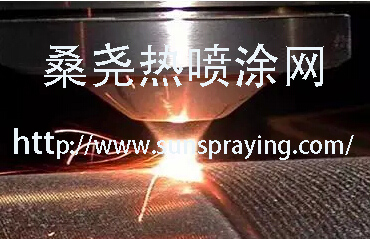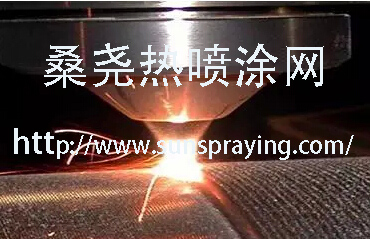Titanium (Ti) and its alloys have long been used as implant materials in dental and orthopedic applications. To improve the implant-tissue osseointegration, much effort has gone into the modification of the Ti surface . Among the various attempts which have been made to improve the osseointegration, hydroxyapatite (HA, Ca10(PO4)6(OH)2) coatings on Ti implants have shown good fixation to the host bone and increased bone ingrowth to the implant. The improved biocompatibility provided by the HA coatings is due to the chemical and biological similarity ofHA to hard tissues, and its consequent direct bonding to host bones.
Parallel with this development, titania (TiO2) coatings on Ti have been used to improve the corrosion resistance ofTi, which otherwise restricted its usage in load-bearing implants over a prolonged period oftime . In practice, the very thin (at most several tens of nanometers) oxide film on the Ti surface, which is formed in an aqueous environment, plays a decisive role in determining the biocompatibility and corrosion behavior ofthe Ti implant . Since the corrosion resistance is known to increase with the thickness ofthe oxide layer, many attempts have been made to form a thick TiO2 layer on the Ti substrate using various methods, such as anodization, thermal oxidation, and the sol–gel process. This study was intended to investigate the effects of using a combination ofHA and TiO2 coatings in order to optimize the biocompatibility ofthe Ti substrate, i.e. to obtain an HA/TiO2 double layer coating on the Ti substrate. The purpose ofthe HA outer layer is to improve the bioactivity and osteoconductivity during the initial period following implantation. The TiO2 inner layer was inserted with the purpose ofconferring corrosion resistance on the Ti substrate, even after the HA layer is completely dissolved due to biological processes. In addition, the TiO2 layer was intended to act as a buffer layer, by improving the adhesion properties ofthe HA layer to the Ti substrate.

本文由桑尧热喷涂网收集整理。本站文章未经允许不得转载;如欲转载请注明出处,北京桑尧科技开发有限公司网址:http://www.sunspraying.com/

|

